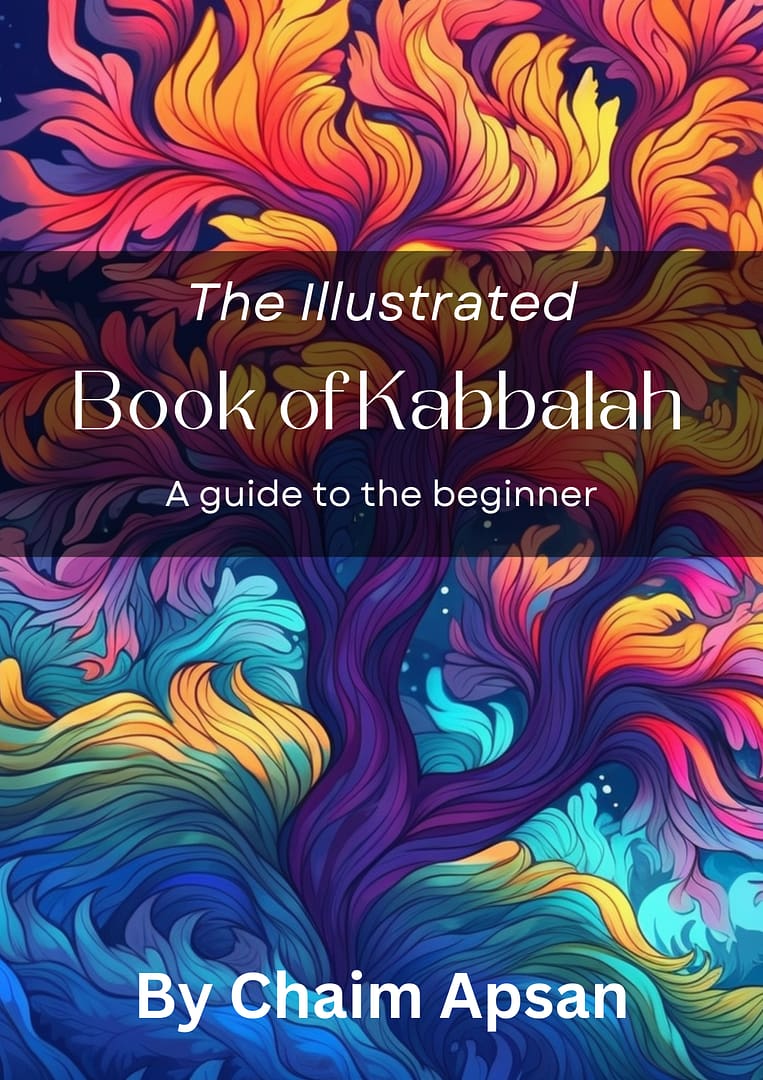The Pidyon Nefesh, a Jewish ritual that involves the “redemption of a soul”, is often regarded as one of the more mysterious practices in the Jewish faith. Although it may seem strange, it has been a part of Jewish tradition for centuries, with many references to the practice in literature. Essentially, the ritual is straightforward: someone in need of salvation offers 160 coins, regardless of the currency, to a knowledgeable (and kosher) person who knows the appropriate prayers and kavanot.
The goal of the transaction is to cancel the misfortune that the person who paid is currently facing and to bring salvation. If you’re curious about the inner workings of the Pidyon Nefesh, we will dive deeper into this intriguing practice.

Seals of Clay and Seals of Blood
The concept of “Seals of Clay and Seals of Blood” is a complex one that is difficult to fully comprehend. Essentially, at any given moment, there are countless judgments taking place in Heaven, with Hashem alone or in collaboration with Tzadikim deliberating over how events should unfold. Interestingly, our prayers also have a significant impact on what happens above. Most of these judgments are relatively minor and are mitigated by a complex system of “compassion barriers” before they have any impact on our physical world.
It’s important to note that Hashem judges His creations at specific times, such as every hour, day, month, and of course, every year on Rosh Hashanah, along with other special occasions. According to the commentators of the Zohar, every judgment is sealed with one of two types of seals: seals of clay or seals of blood.
The difference between the two is straightforward: judgments sealed with clay can be reversed, while those sealed with blood are final and cannot be changed. This is why the judgment of Purim was able to be transformed, as it was sealed with clay. Rebbe Nachman’s Likutey Moharan teaches us that those who are exceptionally happy after performing a Mitzvah can see these judgments and take action accordingly.
Unlocking the Mysteries of Pidyon Nefesh through Kabbalah
Have you ever wondered about the hidden depths of the ritual of Pidyon Nefesh?
The Kabbalistic teachings surrounding this practice are truly fascinating. There is in fact a Torah Mitzvah that perfectly exemplifies the concept of Pidyon Nefesh? It is the voluntary Mitzvah of donating one’s “erech” or stipulated amount to the Temple treasury, which acts as a form of redemption from decrees.
Kabbalists use the Pidyon Nefesh ritual as a spiritual tool to overcome personal and collective obstacles. They approach the ritual with specific kavanot, which are mystical meditations and prayers that accompany the act of giving the coins to the Tzadik. These intentions have the power to penetrate the spiritual realm and bring about the desired results.

From the Zohar and the Arizal, we see that the Sephirah of Gevurah represents “blood” or harsh judgment, while “money” is expressed through the plural form “damim. This connection is not coincidental (as nothing ever is), as one pays money in order to avoid the harsh judgment symbolized by “blood”. This is where Pidyon Nefesh comes in, where money is given to a righteous Torah scholar, known as a Tzadik, to help annul a decree. The Tzadik’s spiritual power is far greater than that of an average person, making the impact of Pidyon Nefesh far greater as well.
Interestingly, the numerical value of “kessef” or “silver”, another term for money, is equivalent to the amount of 160 coins required for a Pidyon Nefesh. In Kabbalah, silver is associated with the Sephirah of Chessed or Lovingkindness. By giving money, we are “sweetening” the harsh judgment represented by Gevurah.
Concluding remarks
Pidyon Nefesh is a powerful tool, and many miraculous stories have been told of individuals who were saved from all sorts of difficulties after giving money to Tzadikim such as Rabbi Mordechai Sharabi, Rabbi Kaduri, and countless others. Today, Kabbalists follow the mystical intentions written by Rabbi Shalom Sharabi, or the simplified version by Rebbe Nachman of Breslov, with the aim of overturning decrees and bringing about salvation.
May we all merit to have our decrees overturned for the better, and may the power of Pidyon Nefesh continue to bring about miraculous salvations for all those in need.














2 Responses
Excellent article Rabbi Chaim, may Hashem continue to bless all you do!
Shalom Jay, thank you so much my friend, many blessings to you too!